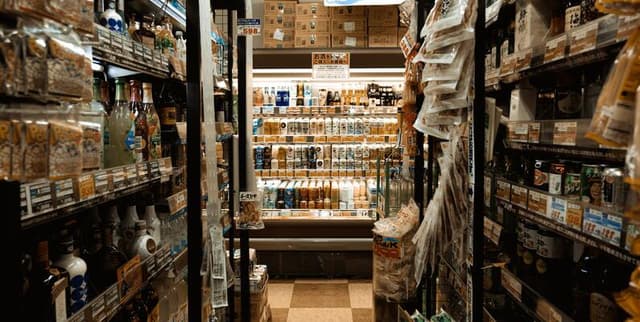Market Basket Optimisation Dataset
Retail & Consumer Behavior
Tags and Keywords
Trusted By




"No reviews yet"
Free
About
The purchase behaviour of customers from a retail store. It has been specifically created to facilitate Association Rule Learning, enabling the prediction of shopping patterns using powerful algorithms like Apriori and Eclat. The core idea is to uncover associations between different products people buy together. For instance, if a customer buys milk and eggs, they might also buy baking soda, suggesting they intend to bake. By understanding these connections, a store can strategically place associated items together on shelves to potentially increase sales.
Columns
The dataset includes 20 columns, labelled 'item 1' through 'item 20', which capture the items purchased in a single transaction.
- item 1: The first product in a customer's transaction (e.g., shrimp, mineral water, burgers).
- item 2: The second product in a customer's transaction (e.g., almonds, mineral water, avocado).
- item 3: The third product in a customer's transaction (e.g., avocado, mineral water, vegetables mix).
- item 4: The fourth product in a customer's transaction (e.g., vegetables mix, mineral water, green grapes).
- item 5: The fifth product in a customer's transaction (e.g., green grapes, green tea, whole wheat flour).
- item 6: The sixth product in a customer's transaction (e.g., whole wheat flour, french fries, yams).
- item 7: The seventh product in a customer's transaction (e.g., yams, green tea, cottage cheese).
- item 8: The eighth product in a customer's transaction (e.g., cottage cheese, green tea, energy drink).
- item 9: The ninth product in a customer's transaction (e.g., energy drink, green tea, tomato juice).
- item 10: The tenth product in a customer's transaction (e.g., tomato juice, green tea, low fat yogurt).
- item 11: The eleventh product in a customer's transaction (e.g., low fat yogurt, green tea, honey).
- item 12: The twelfth product in a customer's transaction (e.g., green tea, honey, salad).
- item 13: The thirteenth product in a customer's transaction (e.g., honey, salad, mineral water).
- item 14: The fourteenth product in a customer's transaction (e.g., salad, mineral water, salmon).
- item 15: The fifteenth product in a customer's transaction (e.g., mineral water, salmon, antioxidant juice).
- item 16: The sixteenth product in a customer's transaction (e.g., salmon, antioxidant juice, frozen smoothie).
- item 17: The seventeenth product in a customer's transaction (e.g., antioxidant juice, frozen smoothie, spinach).
- item 18: The eighteenth product in a customer's transaction (e.g., frozen smoothie, spinach, olive oil).
- item 19: The nineteenth product in a customer's transaction (e.g., spinach, olive oil).
- item 20: The twentieth product in a customer's transaction (e.g., olive oil).
Distribution
The dataset is provided in a CSV file format named 'Market_Basket_Optimisation.csv' with a size of 302.91 kB. It is a tabular dataset containing 7,500 records (rows) and 20 columns.
Usage
This dataset is ideal for building and testing association rule learning models. Key applications include:
- Market Basket Analysis: Discovering which products are frequently purchased together to optimise product placement and promotional strategies.
- Predictive Modelling: Using algorithms like Apriori and Eclat to predict customer shopping behaviour.
- Retail Analytics: Understanding purchasing patterns to inform inventory management and marketing campaigns.
Coverage
The dataset captures transaction data from a retail store. It does not contain specific geographic, temporal, or demographic information, focusing solely on the products within each transaction.
License
CC0: Public Domain
Who Can Use It
- Data Scientists and Analysts: Can use this dataset to practice and implement association rule algorithms like Apriori and Eclat.
- Retail Businesses: Can analyse the data to gain insights into customer purchasing habits and improve in-store marketing.
- Marketing Professionals: Can use the findings to develop targeted promotions and bundling strategies.
- Students and Academics: Can use this as a practical example for projects and research related to data mining and business analytics.
Dataset Name Suggestions
- Retail Transaction Data for Market Basket Analysis
- Customer Purchase Patterns
- Market Basket Optimisation Dataset
- Association Rule Learning for Retail
- Grocery Store Transaction Records
Attributes
Original Data Source: Market Basket Optimisation Dataset
Loading...
